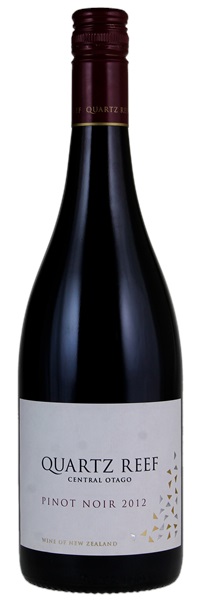Estimate

A ripe, dark, plush pinot noir...with plush, ripe raspberry compôte and black fruits. Cedary oak is layered in deftly, with some gentle spice, too. The palate has an engaging mix of concentrated, rich fruit and elegant, fine tannins that wrap smoothly around the fleshy core, with great balance and length. A superb wine that finishes fresh.
...enticing nose of crushed cranberries, pomegranate and red cherries with hints of loam, iron ore and wild thyme. Medium to full-bodied and put together with a great structure of medium to firm finely grained tannins and enlivening acid, it has plus plenty of fruit to flesh it out the frame and finishes long with earthy, mineral suggestions.